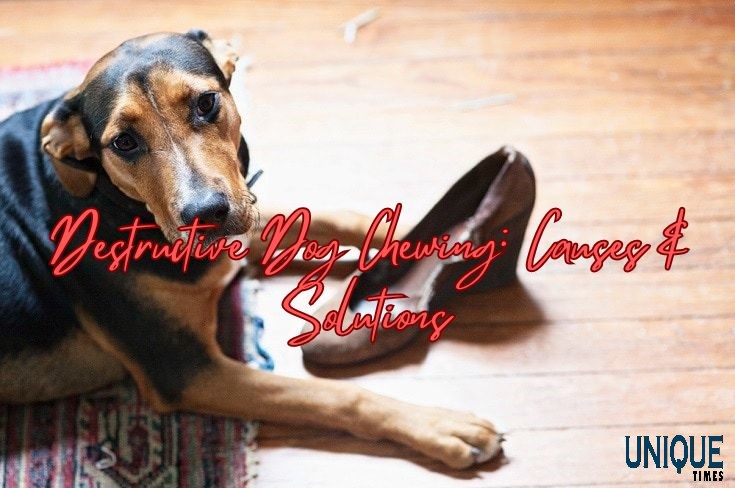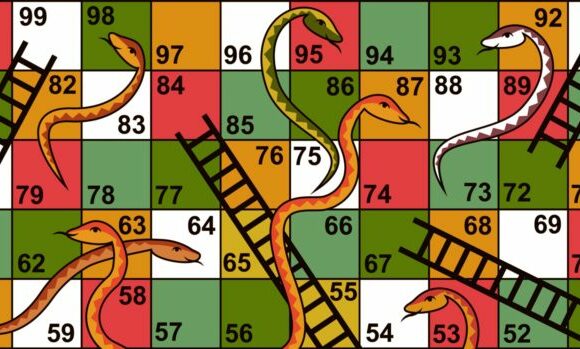Destructive Dog Chewing: Understanding Causes and Solutions

Few things can be as frustrating for dog owners as coming home to find their favorite belongings chewed to bits by their furry companions. While chewing is a natural behavior for dogs, excessive or destructive chewing can be a sign of underlying issues that need to be addressed. In this blog post, we’ll explore the causes of destructive chewing in dogs and provide solutions to help curb this behavior.
Causes of Destructive Chewing
- Boredom: Dogs, especially young and energetic breeds, may resort to chewing out of boredom or lack of stimulation. Without proper outlets for their energy and mental stimulation, they may turn to chewing as a way to alleviate boredom.
- Anxiety or Stress: Dogs may chew excessively when they are feeling anxious, stressed, or lonely. Separation anxiety, changes in routine, or environmental stressors can trigger destructive chewing behaviors in dogs.
- Teething: Puppies go through a teething phase where they experience discomfort and itching in their gums. Chewing helps alleviate the discomfort of teething, but it can also lead to destructive chewing if not managed properly.
- Lack of Training: Dogs that have not been properly trained or socialized may engage in destructive chewing as a result of not knowing appropriate behavior boundaries.
Solutions to Excessive Chewing
- Provide Mental Stimulation: Keep your dog mentally stimulated by providing interactive toys, puzzle feeders, and enrichment activities that engage their mind and alleviate boredom.
- Provide Sufficient Exercise: Ensure your dog gets plenty of physical exercise to help burn off excess energy. Regular walks, play sessions, and activities like fetch or agility training can help tire out your dog and reduce the urge to chew.
- Address Underlying Anxiety: If your dog’s chewing is linked to anxiety or stress, address the underlying issues through behavior modification techniques, training, and environmental changes. Consider consulting with a professional dog trainer or behaviorist for guidance.
- Provide Chew Toys: Offer a variety of appropriate chew toys for your dog to chew on, including rubber chew toys, nylon bones, and dental chews. Rotate the toys regularly to keep your dog engaged and prevent boredom.
- Supervise and Redirect: Supervise your dog when they are indoors and redirect their chewing behavior to appropriate toys or objects. Interrupt inappropriate chewing with a firm “no” and offer an alternative chew toy instead.
- Use Taste Deterrents: Apply taste deterrents, such as bitter apple spray or lemon juice, to items you don’t want your dog to chew on. These products create an unpleasant taste that can deter your dog from chewing.
- Seek Professional Help: If your dog’s chewing behavior persists despite your efforts to address it, seek guidance from a veterinarian or certified dog behaviorist. They can help identify underlying issues and develop a tailored behavior modification plan for your dog.
Conclusion
Destructive chewing can be a challenging behavior to address, but with patience, consistency, and appropriate training techniques, it can be managed effectively. By understanding the underlying causes of excessive chewing and implementing proactive solutions, you can help your dog develop healthier chewing habits and create a harmonious living environment for both you and your furry friend.
Picture Courtesy: Google/images are subject to copyright








